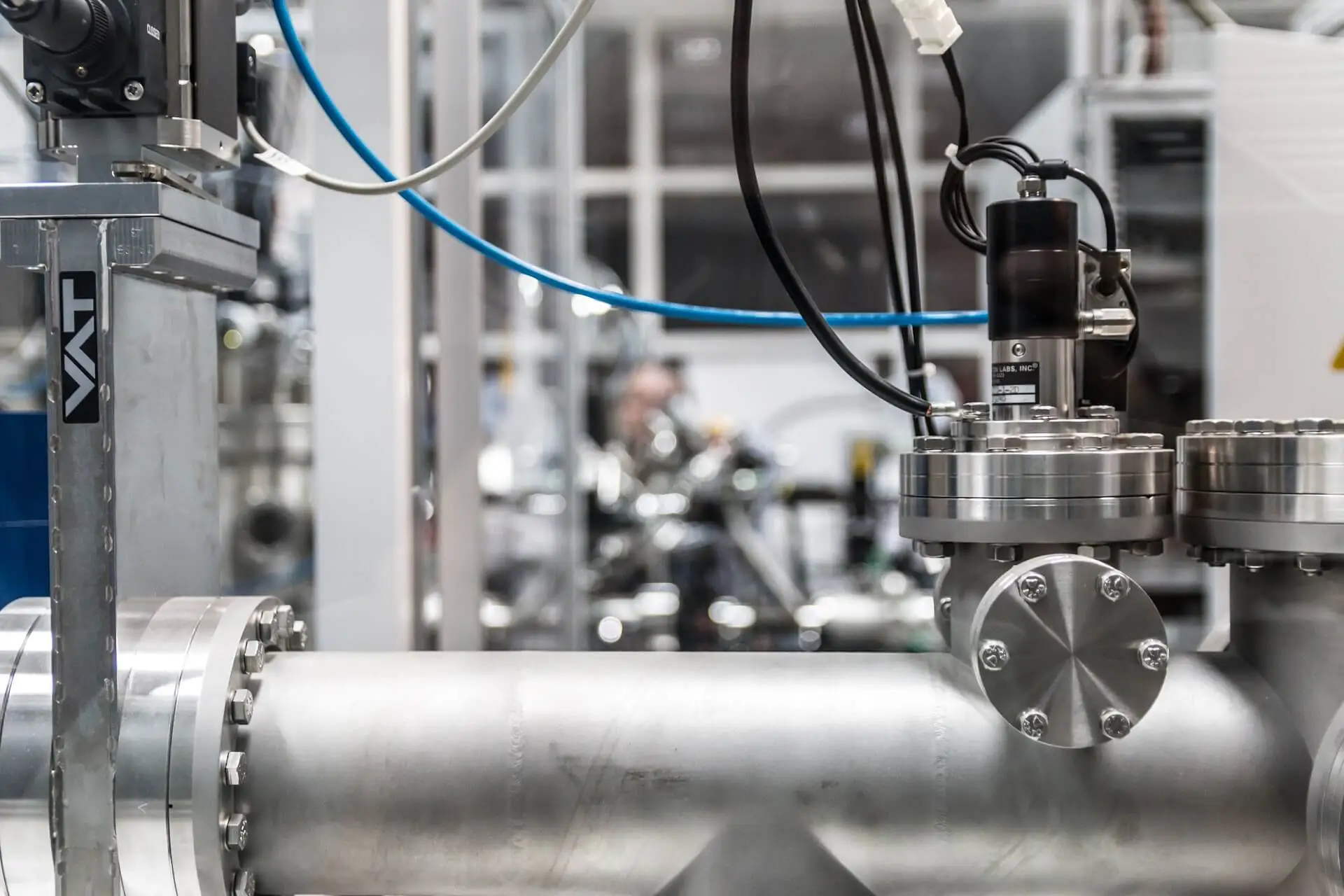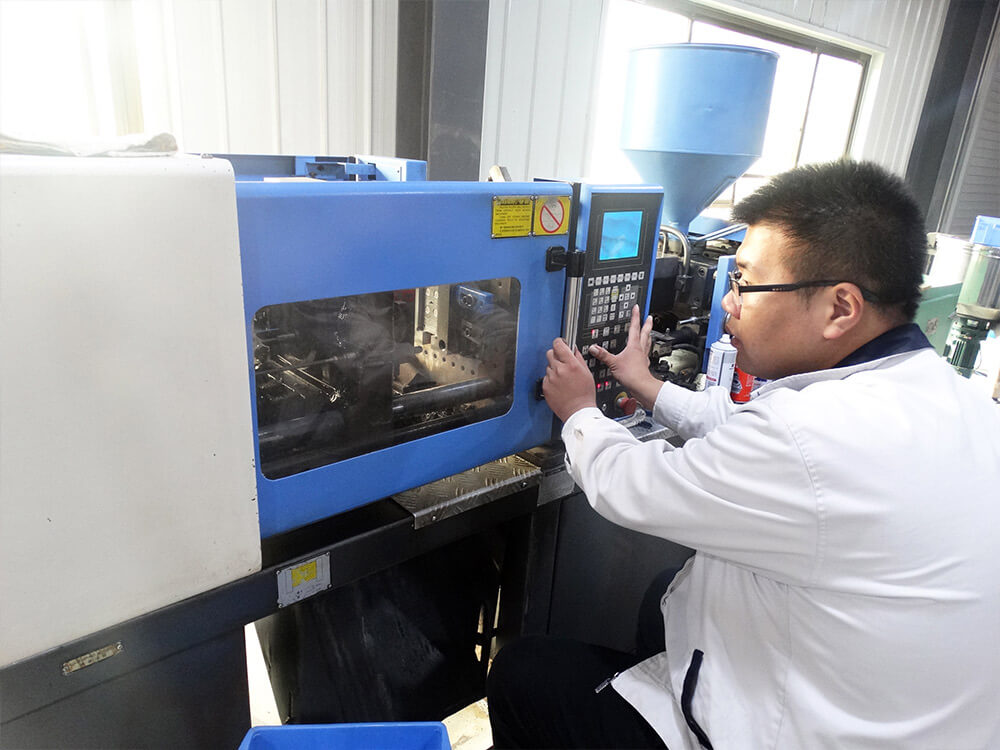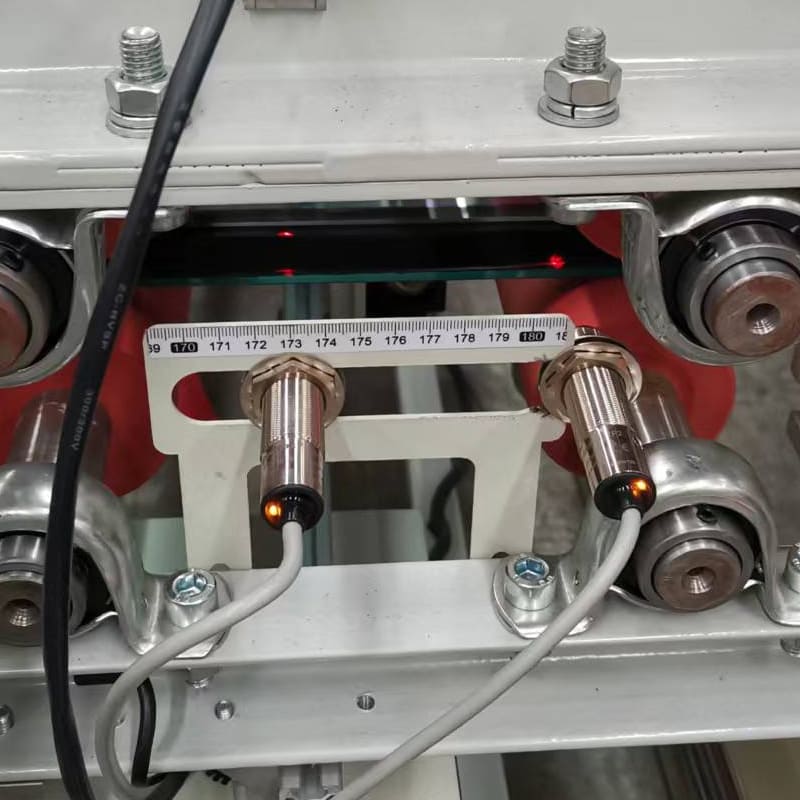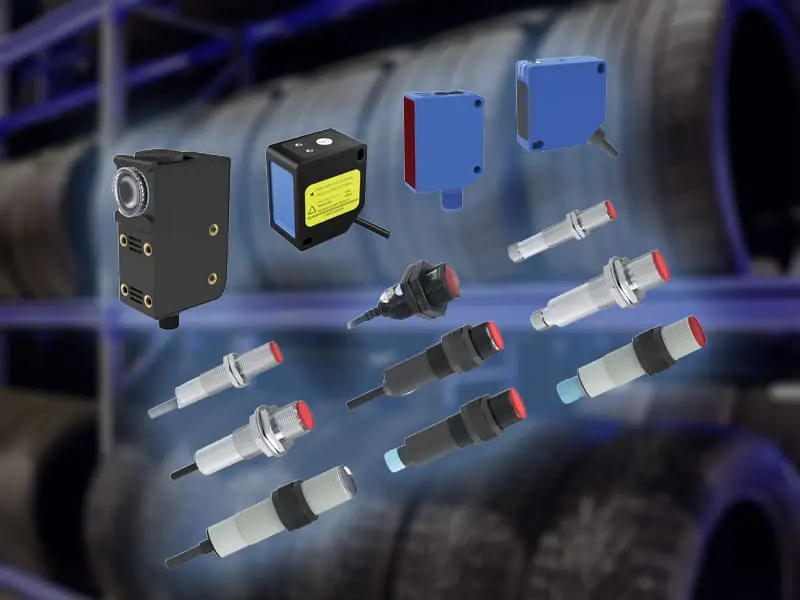Comparing DC Proximity Sensors: 2-Wire, 3-Wire, and 4-Wire Types

Proximity sensors, which are commonly used in industrial automation for detecting the presence or absence of objects without physical contact, come in various configurations. Among these, DC2-wire, DC3-wire, and DC4-wire sensors are popular choices.
While these sensors share many core characteristics, their wiring methods, power connections, and signal outputs differ, influencing their suitability for different applications. Below, we explore the commonalities and differences of these sensor types to help guide the selection process for specific industrial needs.
Common Features
- Non-contact detection: All three sensor types employ non-contact methods to detect objects, reducing the likelihood of mechanical wear and tear or operational errors. This feature makes them ideal for long-term use in demanding industrial environments.
- DC power supply: Each of these sensors operates on a direct current (DC) power source. This voltage range is standard for most industrial equipment, making the sensors compatible with various machinery setups.
- Switching signal output: The primary function of proximity sensors is to provide switching signals when an object is detected within a set range. These signals are typically used to interface with control systems, such as programmable logic controllers (PLCs) or relays, to execute commands based on the object’s presence.
- Industrial applications: All three sensor types are widely used in industrial automation for tasks like metal detection, limit control, position sensing, and more. They are integral to improving operational efficiency in manufacturing and assembly lines.
Differences Between DC2-Wire, DC3-Wire, and DC4-Wire Sensors
- Wiring Configuration
- DC2-wire sensor: The simplest of the three, this sensor has only two wires: one for the power supply (+) and one that serves both as the power supply for the load and the signal transmission line. While this design simplifies installation by reducing wiring complexity, it does mean that the power and signal share the same path, which can affect signal quality, especially in noisy environments.
- DC3-wire sensor: With three wires, this sensor separates the power supply lines from the signal output. Typically, one wire connects to the power supply positive (+), one to the power negative (-), and the third wire handles the signal output. This separation ensures more stable signal transmission, leading to more precise control and reducing the risk of interference from power fluctuations.
- DC4-wire sensor: The most advanced of the three, DC4-wire sensors have four connections: positive and negative power supply wires and two signal output wires. This configuration allows for dual-channel output, meaning the sensor can provide both Normally Open (NO) and Normally Closed (NC) signals. The result is enhanced flexibility and control in complex applications requiring more nuanced signal processing.
- Power Connections
- DC2-wire sensor: The power and signal sharing the same wiring can make the sensor susceptible to power fluctuations, which may affect signal stability. This can be a concern in applications with complex load environments or fluctuating power sources.
- DC3-wire and DC4-wire sensors: The power and signal are completely separate, ensuring that any power variations do not directly interfere with the signal output. This separation makes them ideal for applications where signal stability is critical and interference must be minimized.
- Signal Output
- DC2-wire sensor: Despite its simplicity, the DC2-wire sensor may experience a slight voltage drop and leakage current due to the shared power and signal path. However, its straightforward wiring, low cost, and support for both NPN and PNP outputs make it a versatile choice for many industrial applications. Typically, switching between NPN and PNP modes can be achieved by reversing the wiring connection.
- DC3-wire sensor: With an independent signal wire, the DC3-wire sensor offers higher signal stability and faster response times. It supports either Normally Open (NO) or Normally Closed (NC) output configurations, making it suitable for applications where precise signal control is essential.
- DC4-wire sensor: In addition to its higher signal stability and faster response times, the DC4-wire sensor’s dual-channel output (NO+NC) adds versatility. This makes it an ideal choice for complex control systems that require both NO and NC signals to operate in tandem.
In summary, DC2-wire proximity sensors are known for their simplified wiring and cost-effective design, making them suitable for less complex control applications. However, their shared power and signal path may lead to slight signal instability, particularly in environments with fluctuating power. On the other hand, DC3-wire and DC4-wire sensors, with their separated power and signal lines, offer more stable signal transmission and are better suited for applications demanding higher signal precision. DC4-wire sensors, in particular, stand out for their dual-channel output, making them highly versatile for advanced control systems.
For industries that require simple, low-cost solutions, DC2-wire sensors are a solid choice. For those that demand higher signal accuracy and control flexibility, DC3-wire and DC4-wire sensors are better suited to meet these needs. By understanding the specific requirements of the application, users can make informed decisions and optimize their industrial automation processes.
Explore Bedook: Your Trusted Sensor Manufacturer
At Bedook, we specialize in designing, developing, and manufacturing a comprehensive range of proximity sensors and switches. Our extensive product lineup includes:
- Inductive Proximity Sensors
- Capacitive Proximity Sensors
- Photoelectric Sensors
- Ultrasonic Sensors
- Solid State Relays
- Various Accessories
With over 10,000 detailed product variations and a robust R&D team, we take pride in our ability to meet your unique requirements with tailored solutions and reliable performance.
Whether you’re seeking off-the-shelf products or customized designs, Bedook offers the expertise and production capacity to ensure your satisfaction.
Get in Touch Today!
We value your interest in our products and warmly encourage you to send us an inquiry. Let us help you find the perfect sensor solution for your application.
Thank you for considering Bedook—your trusted partner in innovation and quality manufacturing. We look forward to collaborating with you!






